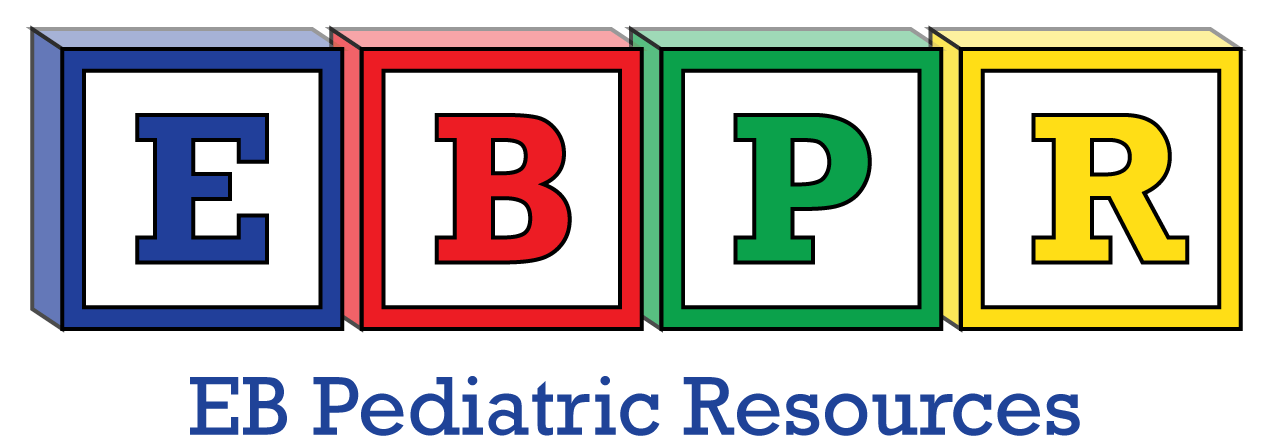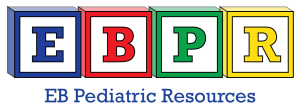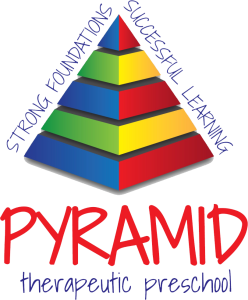The Developmental, Individual Difference, Relationship-based (DIR® / Floortime™ Model) Model is a framework that helps clinicians, parents and educators conduct a comprehensive assessment and develop an intervention program tailored to the unique challenges and strengths of children with Autism Spectrum Disorders (ASD) and other developmental challenges. The objectives of the DIR® / Floortime™ Model are to build healthy foundations for social, emotional, and intellectual capacities rather than focusing on skills and isolated behaviors.
Developmental
The D (Developmental) part of the Model describes the building blocks of this foundation. Understanding where the child is developmentally is critical to planning a treatment program. This describes the developmental milestones that every child must master for healthy emotional and intellectual growth.
The Six Developmental Milestones
Stage One: Discovering your Child’s Sensory and Motor Profile
Stage Two: Intimacy, engagement, & falling in love
Stage Three: Opening and closing circles of communication
Stage Four: Expanding the Circles of communications to Solve Problems
Stage Five: Creating Emotional Ideas; the child’s ability to form ideas develops first in play.
Stage Six: Emotional Ideas & Logical Thinking
Individual differences
The I (Individual differences) part of the Model describes the unique biologically-based ways each child takes in, regulates, responds to, and comprehends sensations such as sound, touch, and the planning and sequencing of actions and ideas.
For example, some children are very hyper responsive to touch and sound while others are under-reactive, and still others seek out these sensations. Biological challenges describes the various processing issues that make up a child’s individual differences and that may be interfering with his ability to grow and learn.
Relationship-based
The R (Relationship-based) part of the Model describes the learning relationships with caregivers, educators, therapists, peers, and others who tailor their affect based interactions to the child’s individual differences and developmental capacities to enable progress in mastering the essential foundations.
What is the difference between DIR® / Floortime™ and how are they related?
Central to the DIR® / Floortime™ Model is the role of the child’s natural emotions and interests which has been shown to be essential for learning interactions that enable the different parts of the mind and brain to work together and to build successively higher levels of social, emotional, and intellectual capacities. Floortime™ is a specific technique to both follow the child’s natural emotional interests (lead) and at the same time challenge the child towards greater and greater mastery of the social, emotional and intellectual capacities. The DIR® / Floortime™ Model, however, is a comprehensive framework which enables clinicians, parents and educators to construct a program tailored to the child’s unique challenges and strengths.
The DIR® / Floortime™ Model emphasizes the critical role of parents and other family members because of the importance of their emotional relationships with the child.
For more information or for full article on DIR® / Floortime™ Model, visit Interdisciplinary Council on Development and Learning Disorders.
For more information, please call us at 312-458-9865 or email us at info@pediatricresources.org.
Get To Know Our Staff
Meet the group of talented individuals who are specialized in any of your child’s potential needs.
Ready To Take The Next Step?
Contact us today to schedule your child’s free consultation.


